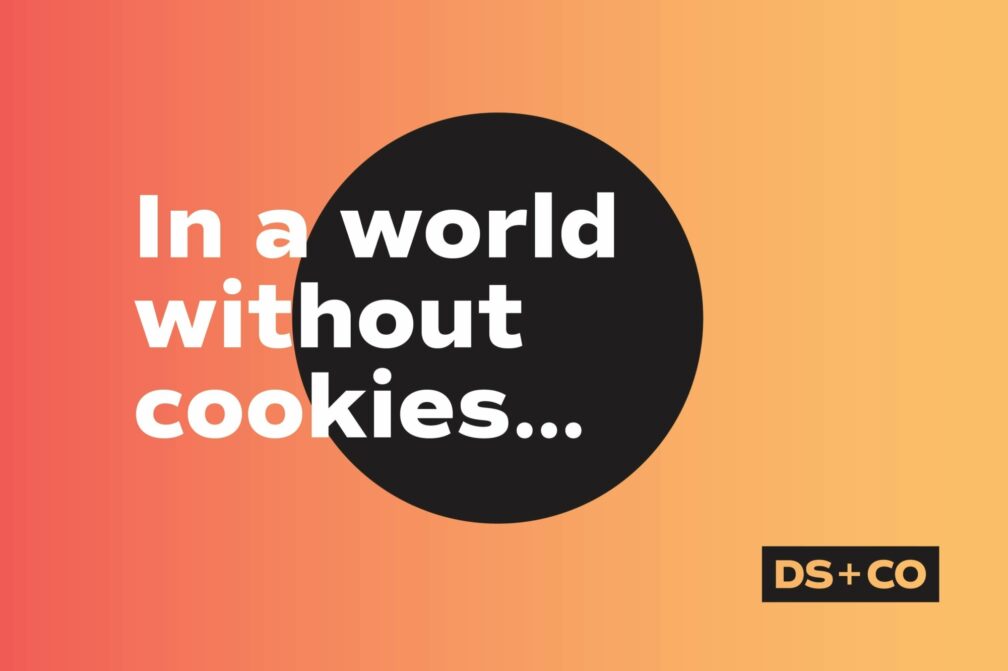Blog
Media Planning + Buying

Transitioning from third- to first-party data
In last’s month's webinar, we talked a lot about third-party cookies, what they are, how they work, how they're used and how advertisers are getting ready for them to leave Google Chrome in 2022. But we didn't spend too much time on why they're going away. So let's take a minute to get a better understanding of why this shift is happening and what the future of digital content and advertising might look like.
Cookie deprecation has been driven by consumers’ demand for privacy and more control of the data collected about them—and transparency in how it’s used. For digital media and advertising agencies, the vast amount of data collected by third-party cookies enables what I like to call a “creepy cool” way to target hyper-relevant audiences at the right moment. Because for consumers, that experience often resonates more creepy than cool.
The content and services we access online every day might appear “free” to anyone outside the digital media industry, but the fact is, we’re in a sense paying for services and content with our data. Since the internet’s beginning (which wasn’t all that long ago, by the way), this value exchange of data for access has largely been an unspoken agreement—data collection, acceptable use and privacy policies were hidden in the fine print or lengthy user agreements littered with legal jargon. (And I know I don’t read those things. Do you?)
Here’s an example: Most users affected by the Cambridge Analytica scandal didn’t know that those little quizzes they were engaging with on Facebook actually gave the provider permission to collect and use their data. And not just theirs. They collected vast amounts of data about their Facebook friends, too. (That wasn’t even the part that got them in trouble. It was their failure to dispose of that data after Facebook updated its privacy policy.)
In the past, getting consent to collect, use and sell data in exchange for access was more or less implied and covert. But with things like the Cambridge Analytica scandal and Google Incognito very much in the public eye, users are more aware of when and how their data is being collected. And as that awareness has grown, so too has the demand for data privacy and transparency, evidenced by the rise of regulations like General Data Protection Regulation, the California Consumer Privacy Act, the California Privacy Rights Act and the Virginia Consumer Data Protection Act.
Governing bodies have recognized two important things: the pitfalls of current data collection and use practices, and constituent demands for more oversight and transparency. Big players in the tech and internet industries are recognizing it, too—Safari and Firefox deprecated third-party cookies in 2018.
And all of that led up to Google’s decision to stop supporting third-party cookies sometime in 2022.
Transparency is a step in the right direction. Shifts from regulators and big tech players have brought us closer than ever to consumer-expressed consent for how their data is being tracked and used by advertisers. But that doesn’t mean we should expect consumers to be completely satisfied with how their data is used post-cookies. This long and ever-changing landscape will continue to evolve. The advertisers and tech companies who embrace and respect consumer demand for more control and transparency are the ones setting themselves up for success in the digital spaces of the future.
Ben Swan
Ben Swan is DS+CO’s senior ad operations specialist, optimizing client campaigns and hitting marketing goals.